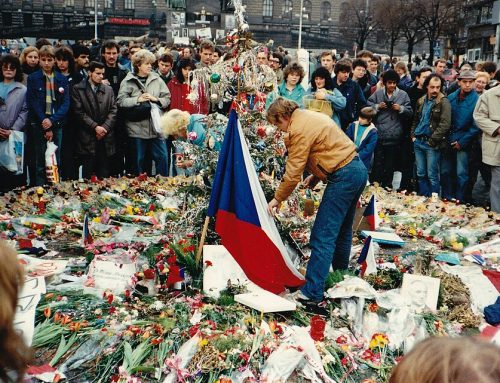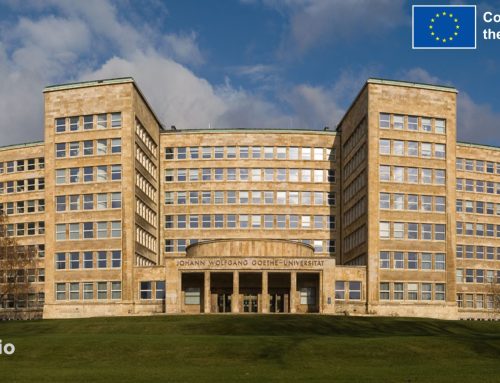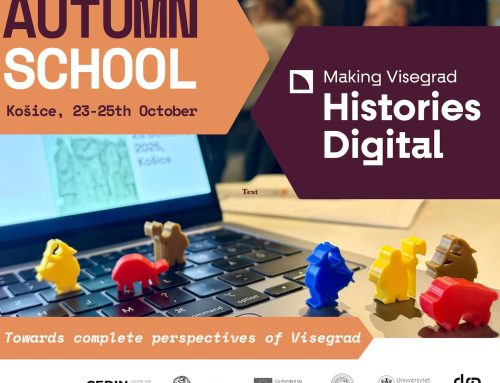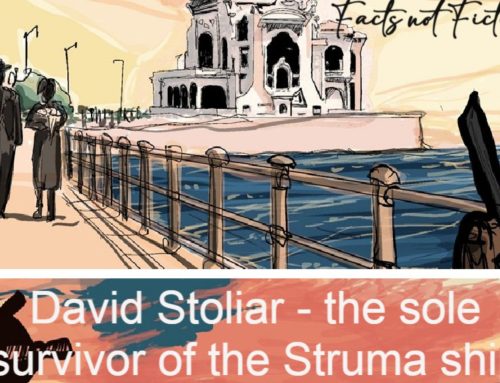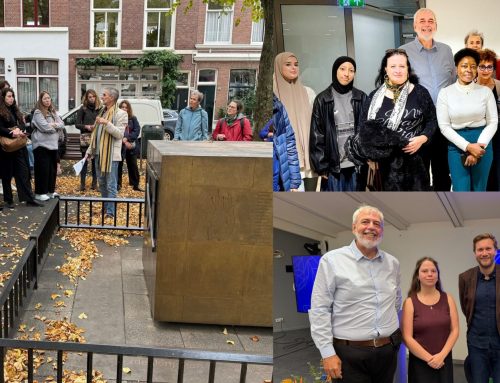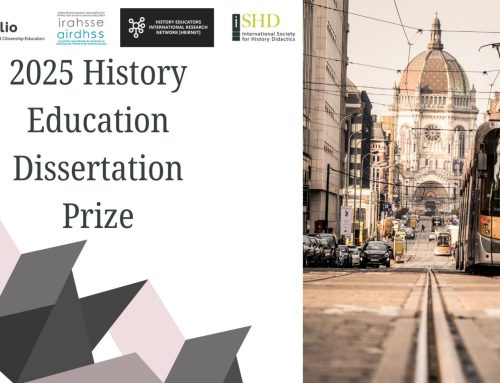As part of the Decisions and Dilemmas 3: making learning about the EU motivating and meaningful project, the first of many national training events was organized on May 19 in Pula, Croatia. The training is based on the translated materials from the Historiana Changing Europe unit. Similar training events will be organized in the upcoming months in Bulgaria, Czech Republic, Cyprus, Finland, Latvia, Portugal and Spain.
The seminar was opened by project coordinator Vedran Ristić by presenting the background to the project. The overall goal of the project is to make learning about the EU interesting for students while simultaneously conveying more information about the motives and reasons behind political, economic and social initiatives that led to the founding of the EU. This is done by giving students insight in dealing with current issues. Following the project presentation, Igor Jovanović also delivered the results of the Teaching Europe research, focusing on the way EU is being taught in Croatia and other participating countries, by analyzing school textbooks.
The first workshop, titled Rising from the Ruins: Rebuilding Europe after World War Two, was led by international trainer Kati Hynönen from Finland. The unit showcases the situation in post-war Europe and the events that initiated the start of European integration. In order to better understand the unit, the participants took part in several activities, by studying character cards as well as by taking part in a drama. The play allowed the participants to roleplay as various historical figures, from George Marshall to Jean Monnet, to others. After that, an analysis of the workshop was encouraged and the participants shared their thoughts about the materials and its applicability in their own classrooms.
The second workshop, EU Trade in a Global Context, looked into contemporary challenges faced by the European Union, and was delivered by Igor Jovanović. A short starter activity was followed by an analysis of personal stories in small groups and then a discussion about them. Then another set of sources was analyzed and discussed. The workshop also ended with a conversation about the materials and its applicability in the classroom.
The final workshop, A Comparison of European Peace Treaties, was given by Vedran Ristić where the focus was placed on analyzing and comparing European peace treaties from 1648 to 1919. Participants were given data cards and worksheets to work in small groups which they then presented and compared their findings. Following the presentation, a discussion was formed asking about which elements make a good peace treaty, and was followed by an analysis of materials and their applicability in the classroom.
Overall, the participants were satisfied with the workshops and remained active throughout the training. We look forward to future trainings organized by our partners.
All the material will be made available online by EuroClio, as well as on the website of the Croatian Association of History Educators.
The text was written based on a report by Vedran Ristić.


